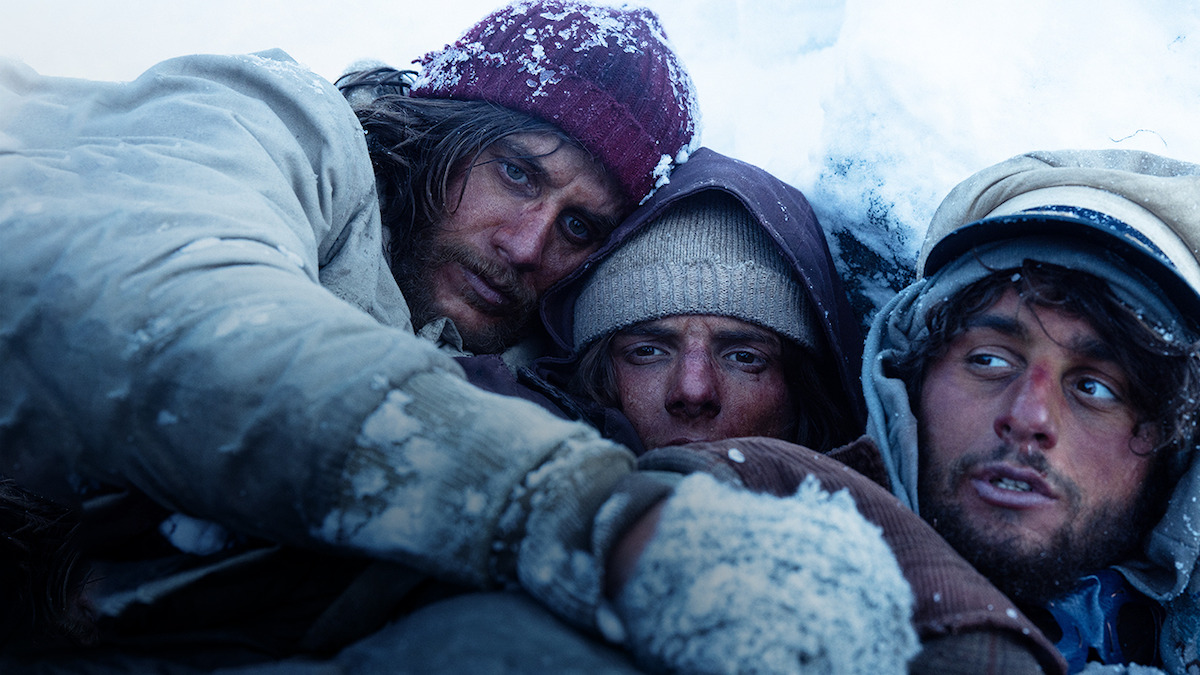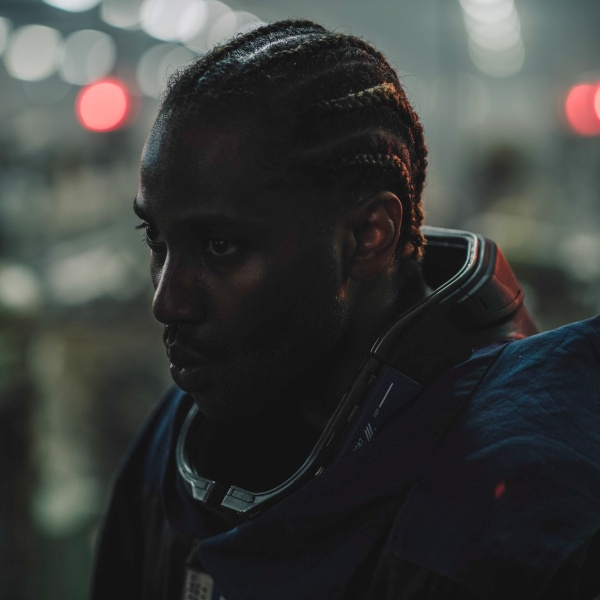“Society of the Snow,” J. A. Bayona’s survival thriller about the real-life 1972 plane crash in the Andes with the Uruguayan rugby team, required painstaking SFX makeup for corpses, wounds, and severe physical deterioration. For prosthetic makeup artists David Martí and Montse Ribé, it was a far cry from their Oscar-winning creature work on Guillermo del Toro’s “Pan’s Labyrinth” 17 years ago. That was fantastical; this was based on reality. It was complicated, grueling, and performed under the most difficult conditions, including the cramped fuselage interior set and on location in the snowy mountains of Sierra Nevada, Spain.
Yet Netflix’s Spanish international Oscar nominee was much gorier until Bayona cut the most gruesome shots from the final edit (including severed heads and eating flesh from corpses) after realizing that it was too unsettling. “We worked like crazy doing the dummy [corpses] all around with ounces and ounces of silicone,” Ribé told IndieWire. “If you have a pile of dead people, the actors need to see it, but the audience doesn’t. You just see the actors’ reaction to it. The close-ups were cut. So, I think, finally, it’s a good balance between what you see and what you don’t, how horrifying the reality is, but you’re not gonna freak people out. Because people are not going to see a horror movie.”
Martí cited a pile of bones from an actual photograph that ended up not being included. “Bayona kind of hid it, the food,” he told IndieWire. “It was a matter of respect to the people that died there, and to the survivors that they had to do what they have to do to survive. There’s a lot of stuff that we did. But I hope sometime we can see that version that you have all the dummies that we did.”
What’s onscreen is sufficiently impactful in depicting the 16 men who survived the crash for 72 days, with the primary focus on Numa (Enzo Vogrincic), Nando (Agustín Pardella), and Roberto (Matías Recalt). The nominated makeup and hair team, which included makeup/hair artist Ana López-Puigcerver, who applied textures such as the appearance of frostbit faces and chapped lips, utilized a combination of practical, prosthetic, and digital techniques. However, the prosthetic duo’s primary work involved the progressive deterioration of the survivors, who were young men affected in different ways by fear, cold, hunger, fatigue, and sickness. Helping them was the fact that Bayona filmed the movie chronologically, and the cast lost weight over the course of the shoot.
“At the beginning, we thought we would have to do prosthetics for almost everybody,” Ribé said. This consisted of chins, cheekbones, and teeth. “In fact, we tried the forehead and the chin and we were removing prosthetics because we realized that it wasn’t necessary. They were really thin already.
“But we didn’t know how far they would get thin,” she continued. “And the audience doesn’t realize how thin they look until you get to the showers at the end. That was a lot of visual effects, but just seeing the characters with the cheekbones and the teeth and all the work that Anna did on the migration of the skin, is [startling]. And the legs in the hospital. That was a powerful image to see just how thin it was [the actual legs were under the sheets and the prosthetic legs were on top].”
Another challenge was how the extreme temperature impacted the makeup in unexpected ways. For example, the color pigment might look unreal, so they applied a filter. “Sometimes reality is completely unbelievable,” said Ribé. “And, even if you want to be super close to the reality, you have to change it a little bit.”

During the plane crash, Nando damaged his face, which caused severe swelling. This, too, looked fake because of the symmetrical shape, so they intentionally made it more asymmetrical. Conversely, his eyes are so dark that they were called panda or raccoon eyes. The blue wasn’t black enough, so they touched it up with a pen.
Then there was a more humorous problem: Gustavo (played by Tomas Wolf) was known as “The Ears” because of their size. But they didn’t want him to look funny, so they applied silicone every day to lessen the extremity. “Sometimes he was going on the mountain, and you lost him because he is up there and you can’t do touch-ups,” Martí said, “You always say to him to keep the ears in place. But sometimes during the action he can’t, because they aren’t glued. And he comes back with an ear in his hand, and you tell him, ‘We got this,’ and we have to put it on again.”



